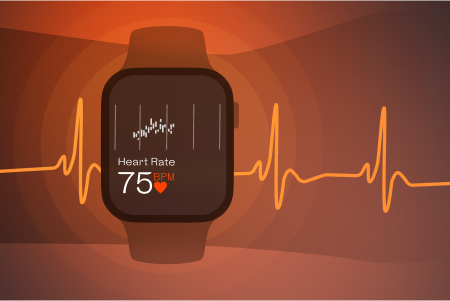


Welltory — All-in-One Wellness App.


Home » Heart Rate Variability » Heart Rate Variability — the Definitive Guide to HRV by Welltory
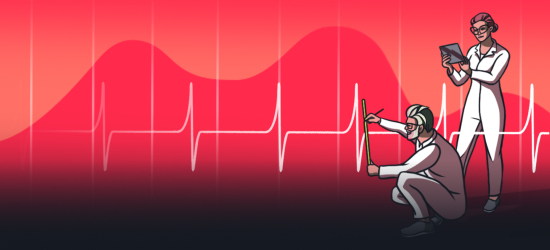
Updated February 23, 2023 by Welltory Team
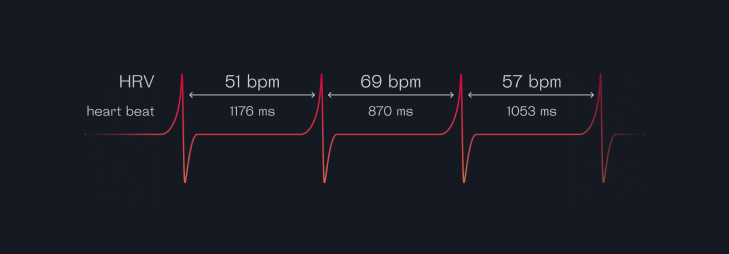
Today heart rate variability (HRV) seems to be one of the most popular measurements among people who want to analyze their body’s systems, physiological stress levels, risk of getting sick, and much more.
Initially developed in the 1960s to assess astronaut health in space, the heart rate variability measure has since evolved into a widely-used diagnostic and predictive tool used by a broad range of health professionals across the world.


Get Welltory
to track HRV
Get Welltory
to track HRV
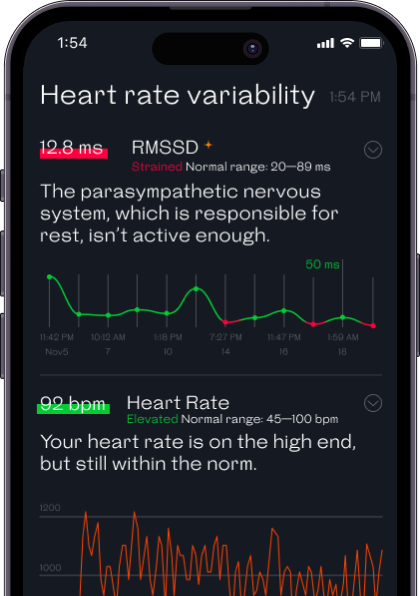
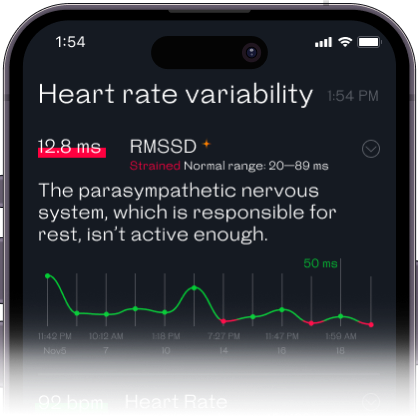

Photoplethysmography (PPG) is a technique used to detect blood volume changes caused by the heartbeat — a light source illuminates the skin while the device measures changes in light absorption.
Electrocardiogram (ECG) measurements read electric signals from the heart and require a chest strap with electrodes placed close enough to the heart to pick up the signals.

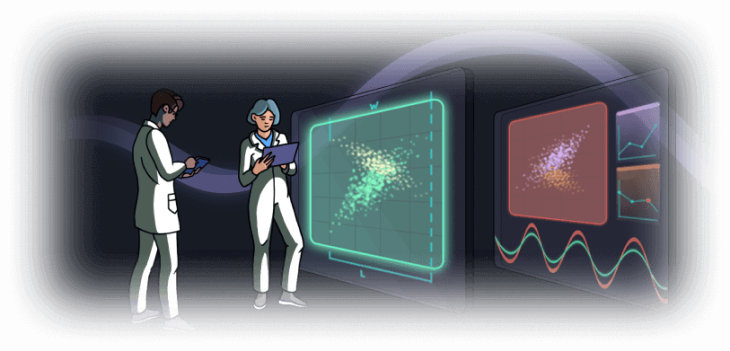
Heart rate variability range is widely used to assess what’s going on with a person’s body — there are about 20,000 relevant studies on PubMed. HRV can help assess your overall health and the state of your autonomic nervous system (ANS) which regulates most of the processes in your body. In other words, HRV measurements show how well you are coping with pressure.
We’ve built algorithms that use it to make sense of data from people’s apps and gadgets — a machine that tests hypotheses against your data, and sends you insights about your wellbeing, productivity, mental health, and more. These insights are Predictive, Personalized, Preventive, and Participatory — the 4P’s that are key to making healthy living simple and accessible.

Your heartbeat varies because your body is always adapting to changes. It responds to anything that happens to you: a jog, a cup of coffee, or even an upsetting post on your newsfeed.
The heart generates impulses and beats on its own. Different regulatory systems modify this beat in your body. Their job is to respond to external stressors by speeding up or slowing down the heart rate to help keep your body’s internal environment stable. The signals sent by these regulatory systems are always playing tug-of-war with your heartbeats, which is what makes your heart rate variable.
It is generally accepted that your heart rate variability measurement depends on the balance between your regulatory systems (the scientific term is the Autonomic Nervous System (ANS), which encompasses parasympathetic (PNS) and sympathetic (SNS) activity.)

The ANS has two branches: the sympathetic branch (often called “fight or flight”) that motivates us to react and perform, and the parasympathetic branch (“rest and digest”) that allows the body to recover after stressful events (physical or mental stress).
However, Welltory considers that there are many more factors in addition to the SNS/PNS balance which influence heart rate interval durations, such as:
So, the effects on HRV are cumulative, stemming from the performance of regulatory systems and other factors.
The critical point here is that it is more important to look at each system (sympathetic and parasympathetic) separately rather than in a tandem. When one system is working powerfully, it may seem that the second system isn’t working, which isn’t exactly the case. Knowing which systems in your body are active can give us information about how much stress your body is under and how well it’s coping with pressure.
HRV interpretation isn’t a one-size-fits-all science. It varies widely from one individual to the next, and depends on many different factors: time of day, the way your nervous system typically responds to stressful situations, and much more.
So, what is a good HRV and what are heart rate variability normal values? – the question you are probably interested in after understanding how HRV can help you look after your body and how you can measure it.
Again, it is generally considered normal for a healthy heart to have a high heart variability rate, and low HRV is a sign of sympathetic regulation dominance. Moreover, HRV typically gets higher with a decrease in heart rate and lower with an increase in heart rate.
As with most things in life, the concepts of high and low HRV are relative. Heart rate variability has optimal range thresholds. Moreover, there are other factors that influence your HRV, for example, your age, gender, and circadian rhythm.
A High HRV measurement far above Average HRV values could be a sign of arrhythmia or over-fatigue and exhaustion. Simultaneously, low heart variability is not always a bad sign. Your heart rate responses to an exercise, so low HRV can occur after an intensive workout which would be perfectly normal. Moreover, stability of resting heart rate variability can indicate that you are not overworking your body while training. It is also essential to take into account HRV recovery- the HRV’s ability to return to normal levels.
Even so, increased heart rate variability helps you to handle stress better, and is generally an indicator of cardiovascular health. A consistently low HRV could point to a higher risk of heart attack or cardiovascular risk.
In a nutshell you can improve your HRV by behaving more healthily:
For some, this is a way of life, while for others, it’s a difficult transition. A lot of sports coaches and athletes worldwide use the HRV training approach to improve performance indicators.
But what is more important is understanding how each particular change in your behavior impacts your body system. You can only turn the changes into a new lifestyle when you know that it definitely works.

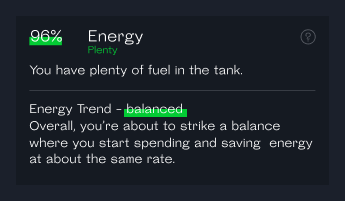
Stress reflects the level of physical stress and its effect on the body.
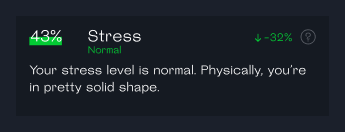
Get Welltory
for stress relief
Get Welltory
for stress relief
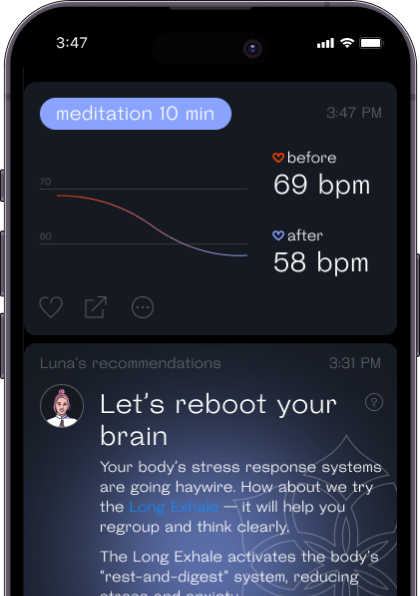
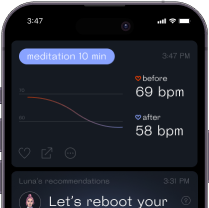

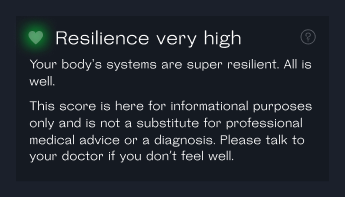
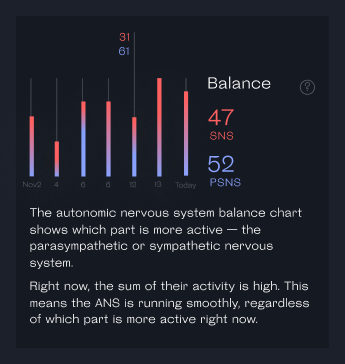
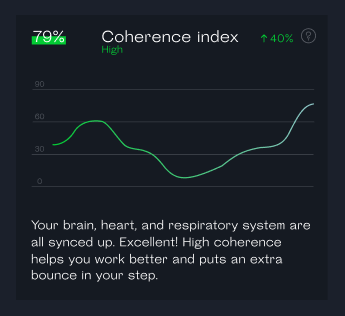

Welltory also provides more detailed measurement parameters and many key metrics.
The most common HRV analysis (or time-domain) parameters are:
 App Store
App Store
 Google Play
Google Play
 Huawei AppGallery
Huawei AppGallery
 Galaxy Store
Galaxy Store

